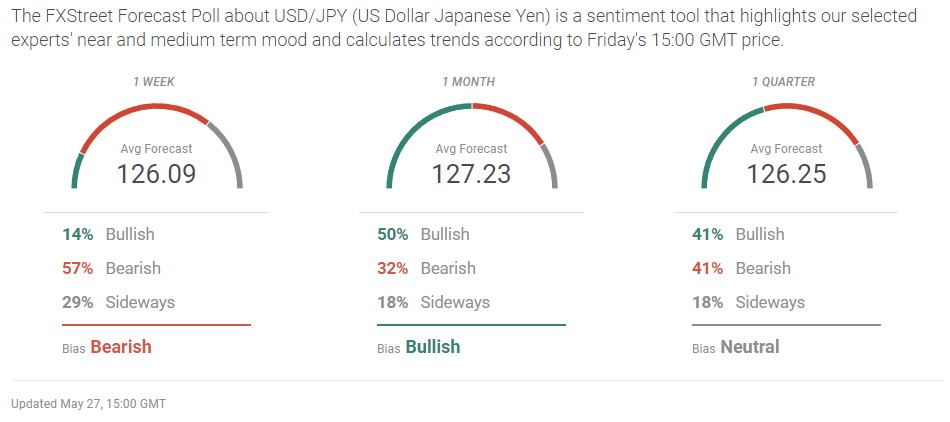- USD/JPY sheds four weeks of gains, stalls for three days near 127.00.
- BoJ Governor Kuroda hints at tighter monetary policy.
- US core PCE inflation cools to 4.9% from 5.2% in April.
- FXStreet Forecat Poll predicts a pause and recovery at 126.00.
The yen reached a one-month high against the dollar on Tuesday at 126.36 and closed at 126.83, in what could be a budding reversal of the Japanese currency’s headlong collapse since early March. A recovery on Wednesday and Thursday above 127.06, the 23.6% Fibonacci level of the March 7 to April 28 run (114.81 to 131.36), gave way on Friday as slow New York pre-holiday trading touched 126.67.
Several factors have helped reverse the USD/JPY position above 130.00, the strongest for the US currency against its Asian counterpart in over two decades.
On Wednesday, Bank of Japan (BoJ) Governor Haruhiko Kuroda was reported to have commented in the Diet about the eventual end of the bank’s long running bond-buying stimulus program. Any public consideration of such a change in policy would have volcanic potential for the market’s perception of the pricing for Japanese yen.
Treasury yields in the US, which have been a direct driver of the dollar’s ascendancy over the yen, have retreated from recent highs. Market concerns over the health of the US economy are coupled with worries that the Federal Reserve’s anti-inflation tightening program could slow or halt the recovery. The Atlanta Fed estimate for second quarter GDP dropped to 1.8% from 2.4% and revised first quarter growth slipped to -1.5% from -1.4%. It had been forecast to rise to -1.3%. It is an open question whether the Fed would pause its rate campaign if second quarter growth is negative, fulfilling the traditional definition of a recession with two consecutive declining quarters.
Several other US data points were weaker than predicted. The S&P Global Purchasing Managers Index (PMI) for the service sector came in at 53.5 below expectations for May. Existing Home Sales, 90% of the US housing market, dropped to a 22-month low in April as 30-year mortgage rates had jumped to 5.1% by the end of the month. On March 3 the national average was 3.76%.
Durable Goods Orders for April were lower than expected despite a strong performance from Retail Sales. Personal Consumption Expenditure (PCE) prices rose less than forecast in April at 6.3% (YoY) after a 6.6 prediction and March rate. Core PCE inflation, the Fed’s chosen gauge, rose 4.9% as expected, down from 5.2% in March. Personal Spending was stronger than anticipated, rising 0.9% on a 0.7% projection. Expenditures in March were revised to 1.4% from 1.1%. Personal Income rose 0.4%, just under the 0.5% estimate and March score.
Japanese data was positive with the Jibun Bank manufacturing and services PMI for May arriving better than expected. National CPI was 2.5% for the year in April, the highest since 2014. Tokyo inflation for May was 2.4%, missing the 2.7% forecast and lower than April's 2.5% rate. Core CPI came in at 0.9%, more than double the 0.4% forecast, and 0.1% higher than in April.
USD/JPY Outlook
This week’s retreat in the USD/JPY was both fundamental and technical. Fundamental, as US economic figures showed some weakness, Treasury yields retreated and inflation gave the first hint of easing while Japanese data showed some strength, and technical, in that the 23.6% Fibonacci at 127.06 exerted gravitational pull from Tuesday on.
It is possible that the BoJ has had a change of heart, finally understanding that eternal monetary accommodation is detrimental to an industrial economy. No more proof of the failure of its ultra-easy monetary policy is required than a brief study of Japanese economic history over the past two decades.
The catalyst may be the bank’s realization that with the Fed, ECB, Bank of Canada (BoC) and other central banks intent on fighting inflation with higher rates, the yen could return to 140-150 if the BoJ does not change course. In a world of expensive oil and commodities, the costs to the Japanese economy and consumers of an overly weak currency outweigh any benefits to export pricing.
Fed rate tightening is not going to be dissuaded by a drop in inflation before the end of the year, but the largest part of the credit market adjustment may have already taken place.
April’s slight decline in PCE prices may be the start of a reduction in the overall rate or it may be just a pause before the climb resumes. With West Texas Intermediate (WTI) trading over $112.50 higher inflation is a distinct possibility. Only a lapse of the US into consumer recession would succeed in denting the Fed’s determination.
It is a busy week for US data. Nonfarm Payrolls on Friday is the headliner with a drop to 310,000 predicted, which would be the lowest in 13 months. Average Hourly Earnings is forecast to fall to 5.2% annually, widening the loss in purchasing power. Earlier in the week, Purchasing Managers' Indexes (PMI) in manufacturing and services from the Institute for Supply Management (ISM) will be monitored for signs of economic weakness. Consumer Confidence for May from the Conference Board should confirm the fall in the Michigan outlook. Markets are wary of any indication of US recession, statistical weakness plays against the dollar.
In Japan, Retail Trade (sales) and Industrial Production are the mian events, neither should impact trading.
The USD/JPY has moved steadily higher since the beginning of last year. From January 6, 2021 to March 4, 2022 the pair rose 11.8% from 102.69 to 114.81. From March 7 to April 28 this year the USD/JPY added another 13.9% to 130.86. Neither leg of the dollar’s rise has had any appreciable pull-back or profit-taking. The decline over the past two weeks to the 23.6% Fibonacci of the March to April ascent is the first instance, more is likely to follow. The 23.6% Fibonacci level of the January 2021 to April 2022 rise in the USD/JPY does not strike until 124.19. The 38.2% Fibonacci level of this year’s March to April jump in USD/JPY is at 124.72.
The prospect for substantially higher US Treasury market rates, has, at least for the moment, abated. Absent that, the outlook for the USD/JPY is lower. Profit-taking is the order of the day.
Japan statistics May 23–May 27
US statistics May 23–May 27
FXStreet
Japan statistics May 30–June 3
FXStreet
US statistics May 30–June 3
USD/JPY technical outlook
Last week's technical conditions pointing to lower USD/JPY remain intact. The MACD (Moving Average Convergence Divergence) has descended further though the spread is about the same. The Relative Strength Index (RSI) is now below 50 and tilted lower. The Average True Range (ATR) shows good possibility for above average volatility even though, as last week, the actual ranges this week were relatively restricted.
Except for the 21-day moving average (MA) which turned lower on May 17, the 50-day, 100-day and 200-day averages have yet to catch up with the USD/JPY's changed circumstances. The USD/JPY's quick ascent from 124.00 to 127.00, the area the pair is about to enter, left weak support lines. The initial support at 126.45 is augmented by the 50-day MA at 126.56.
Resistance: 128.00, 128.45, 129.00 (21-day MA 128.91), 129.45
Support: 126.45 (50-day MA 126.56) 125.90, 125.45, 124.72 (38.2% Fibonacci), 124.35
Moving Averages: 21-day 128.91, 50-day 126.56, 100-day 120.99, 200-day 116.88
Fibonacci levels: 23.6%-127.06, 38.2%-124.72, 50%-127.83
FXStreet Forecast Poll
The FXStreet Forecast Poll expects an intermediate recovery from 126.00 before a further decline. It is questionable whether the USD/JPY, having conclusively broken 127.00 to reach 126.00, would be able to execute that bounce.
Information on these pages contains forward-looking statements that involve risks and uncertainties. Markets and instruments profiled on this page are for informational purposes only and should not in any way come across as a recommendation to buy or sell in these assets. You should do your own thorough research before making any investment decisions. FXStreet does not in any way guarantee that this information is free from mistakes, errors, or material misstatements. It also does not guarantee that this information is of a timely nature. Investing in Open Markets involves a great deal of risk, including the loss of all or a portion of your investment, as well as emotional distress. All risks, losses and costs associated with investing, including total loss of principal, are your responsibility. The views and opinions expressed in this article are those of the authors and do not necessarily reflect the official policy or position of FXStreet nor its advertisers. The author will not be held responsible for information that is found at the end of links posted on this page.
If not otherwise explicitly mentioned in the body of the article, at the time of writing, the author has no position in any stock mentioned in this article and no business relationship with any company mentioned. The author has not received compensation for writing this article, other than from FXStreet.
FXStreet and the author do not provide personalized recommendations. The author makes no representations as to the accuracy, completeness, or suitability of this information. FXStreet and the author will not be liable for any errors, omissions or any losses, injuries or damages arising from this information and its display or use. Errors and omissions excepted.
The author and FXStreet are not registered investment advisors and nothing in this article is intended to be investment advice.
Recommended Content
Editors’ Picks
EUR/USD holds above 1.0700 ahead of key US data

EUR/USD trades in a tight range above 1.0700 in the early European session on Friday. The US Dollar struggles to gather strength ahead of key PCE Price Index data, the Fed's preferred gauge of inflation, and helps the pair hold its ground.
USD/JPY stays above 156.00 after BoJ Governor Ueda's comments

USD/JPY holds above 156.00 after surging above this level with the initial reaction to the Bank of Japan's decision to leave the policy settings unchanged. BoJ Governor said weak Yen was not impacting prices but added that they will watch FX developments closely.
Gold price oscillates in a range as the focus remains glued to the US PCE Price Index

Gold price struggles to attract any meaningful buyers amid the emergence of fresh USD buying. Bets that the Fed will keep rates higher for longer amid sticky inflation help revive the USD demand.
Sei Price Prediction: SEI is in the zone of interest after a 10% leap

Sei price has been in recovery mode for almost ten days now, following a fall of almost 65% beginning in mid-March. While the SEI bulls continue to show strength, the uptrend could prove premature as massive bearish sentiment hovers above the altcoin’s price.
US core PCE inflation set to signal firm price pressures as markets delay Federal Reserve rate cut bets

The core PCE Price Index, which excludes volatile food and energy prices, is seen as the more influential measure of inflation in terms of Fed positioning. The index is forecast to rise 0.3% on a monthly basis in March, matching February’s increase.
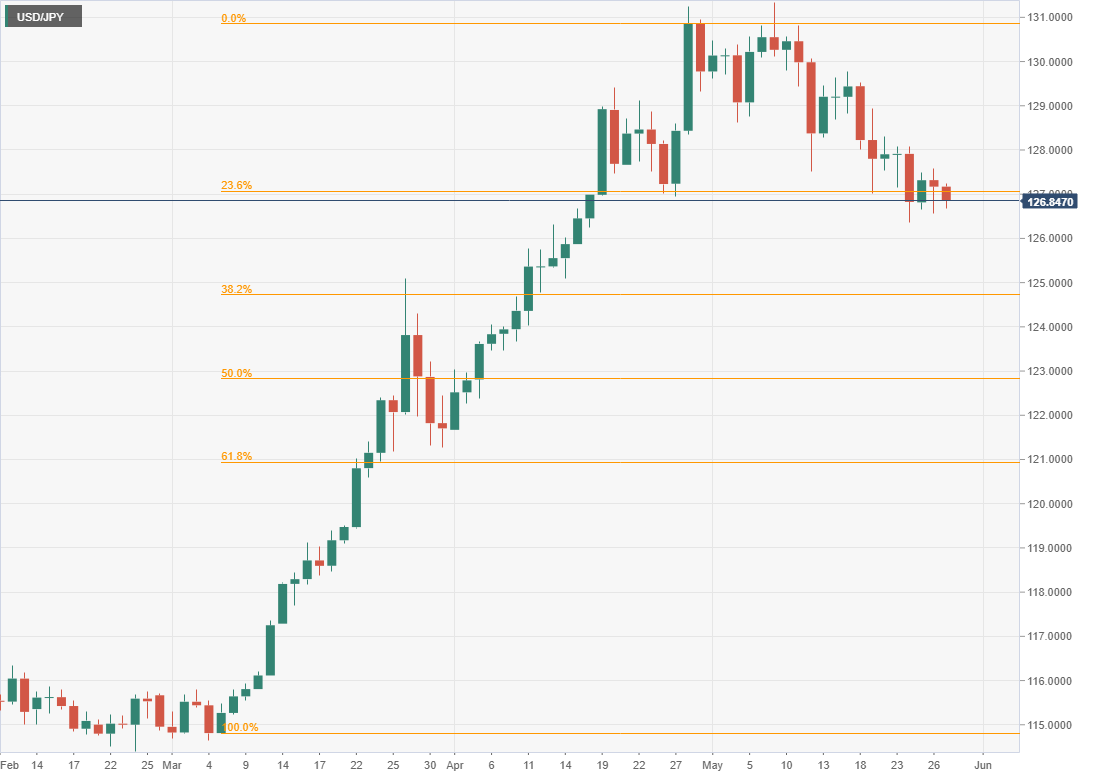
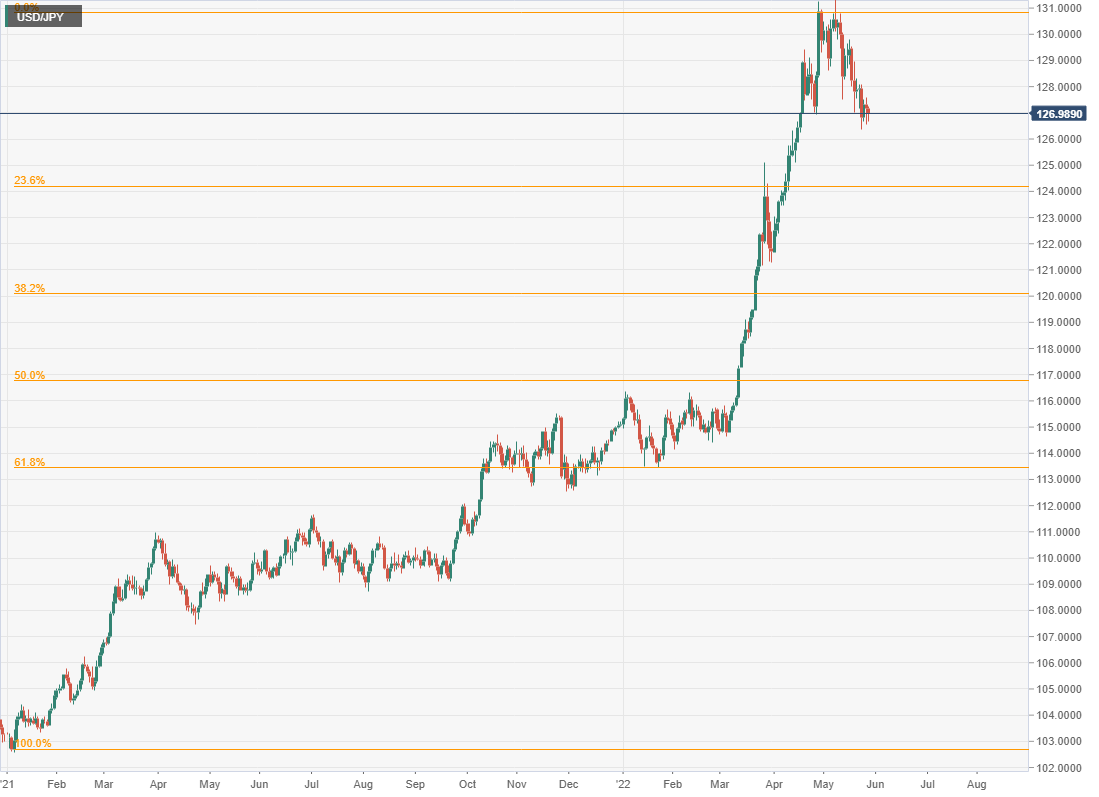


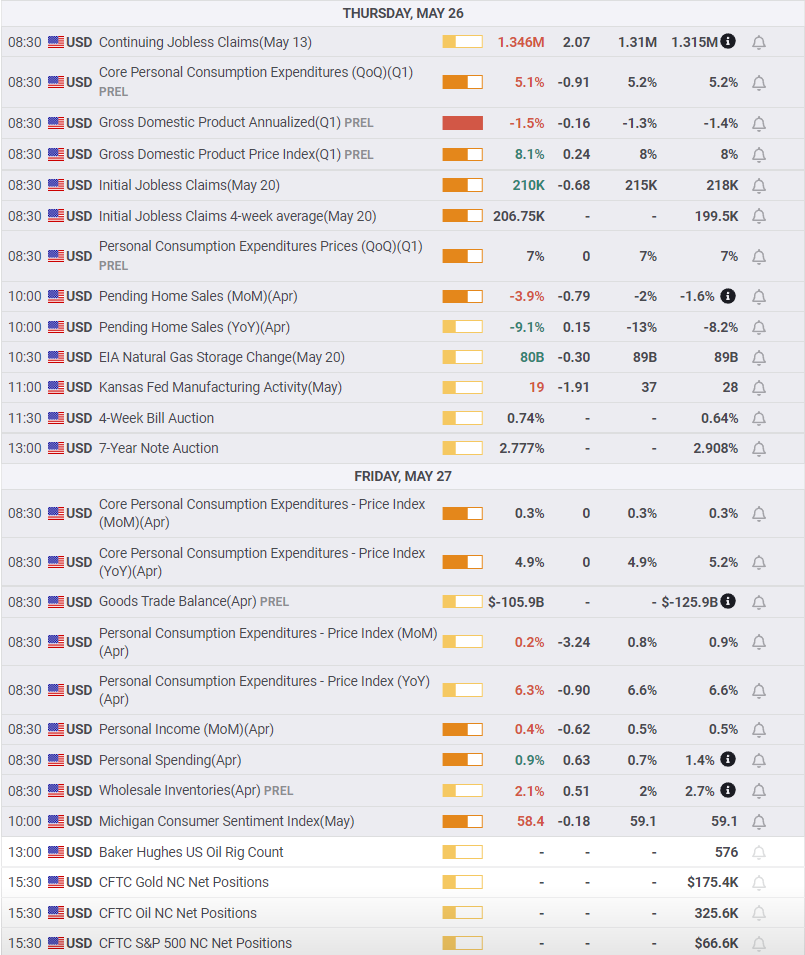
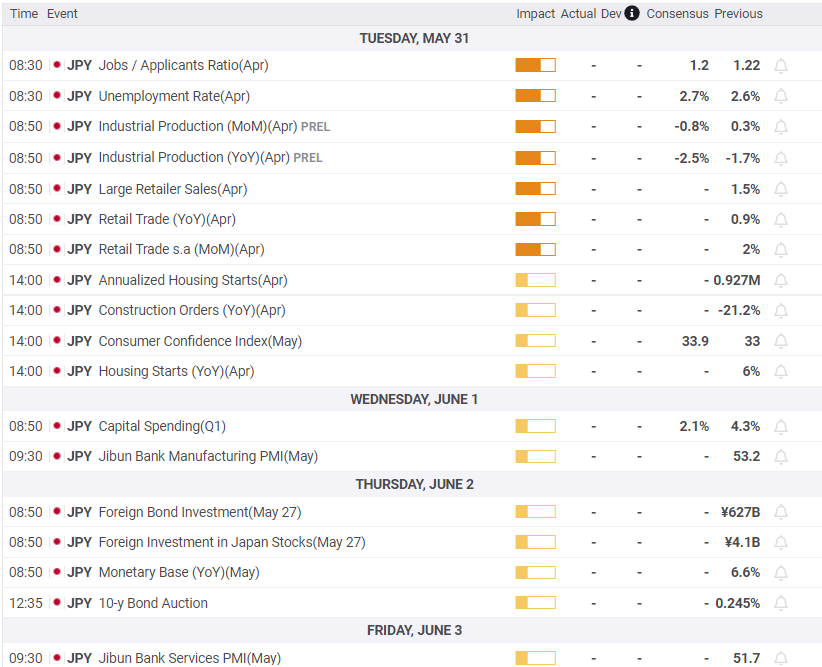
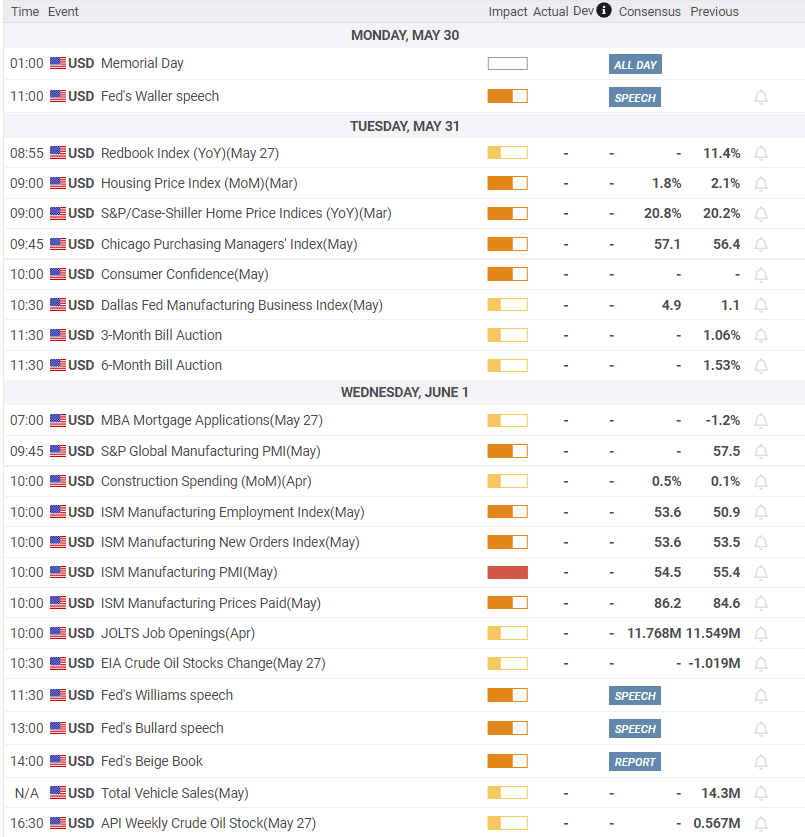
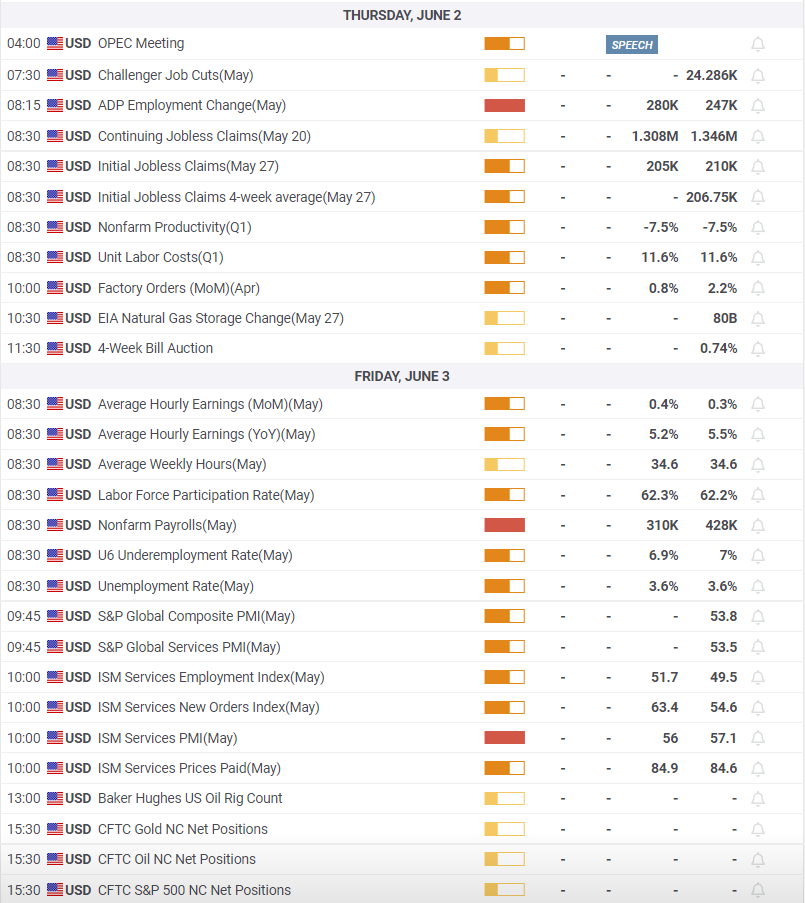
 tech 1-637892607068752689.png)
 tech 2-637892619483344892.png)
